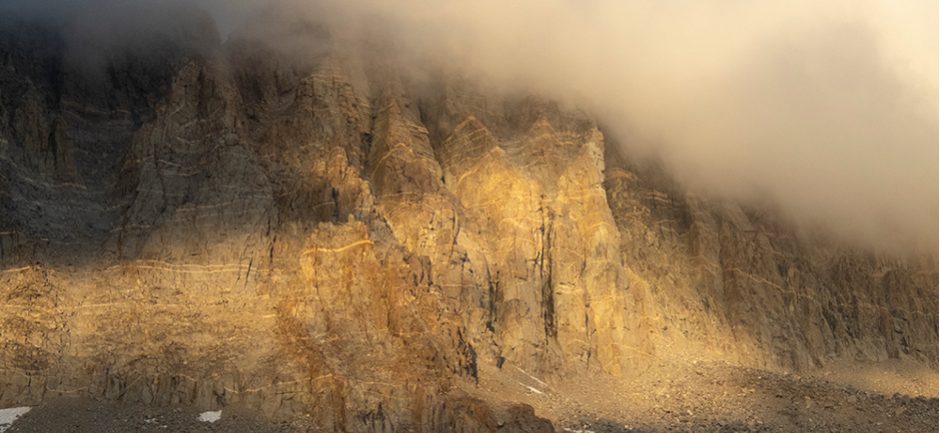All during my schooling, science was in books. Quantum mechanics and relativity theory were all worked out between my parents’ births in the 1920s and mine in 1950. There remained plenty of engineering challenges and questions of the implications of the theory, but the theory was all in college level textbooks. Science and engineering college students studied both topics. The math was pretty hairy and fairly specialized. For example, I studied the Hamiltonian operator in the course on quantum mechanics, not a math class. Science for non-majors generally stopped at Newtonian mechanics (late 19th century). This is a shame because it gives an incomplete picture of how the universe works.
I studied the Schrödinger equation, (the quantum mechanics wave equation), in college. It took 20 years of bumping into various solutions for the lightbulb to go on. The wave and particle models are solutions for the two extremes. There are all kinds of contexts in between with their own solution that is neither an infinite wave nor a particle. If you are actually going to solve problems in this realm, you need the math. To get a general idea, 3-4 different cases are probably enough.
Understanding the science in textbooks is no longer enough. COVID-19 has changed this. The science I need to make decisions in daily life is unfolding on the news and next week’s or next month’s news may be different. Our understanding of the disease, how it spreads, and its treatment, is changing. The disease itself (e.g., the original, delta, and omicron variants). Data is collected. Hypotheses (tentative understandings/explanations) are proposed and supported or disproved by data from clinical studies and more data.
mRNA vaccines against cancer were researched for many years before COVID-19. When COVID-19 emerged, many of those research teams pivoted to it. Many cancers are either caused by viruses (e.g. HPV) or associated with viruses. So many of the cancer vaccine research teams were already familiar with viruses and their genetics. When the Chinese published the SARS-CoV2 (the virus that causes COVID-19) genome, the BioNTech and Moderna teams quickly identified likely gene sequences and began testing. There was already an approved mRNA flu vaccine that was never widely used. The usual story of an overnight success, 30 years in the making.
Initially, there was a lot of confusion about how the virus spread. Many diseases spread through contact with contaminated surfaces. With COVD-19, it is possible, but not common (around 1 in 200 infections). Airborne particles (sneezes and coughs) are the major way it spreads. Masking is effective, hand sanitizer less so.
Some common colds are caused by coronaviruses. Because serious coronavirus diseases have not been a wide spread threat in the developed world (SARS and MERS were largely limited to one geographic area and people who visited the area), most health organizations based their initial advice on other viral diseases, like flu. This has also changed over time.
The early variants were primarily lower respiratory diseases (lungs). Omicron is primarily an upper respiratory disease. This is why it is more infectious (it’s easier for a virus to get into the nose and throat than deep into the lungs) and less deadly (pneumonia is lethal, a really bad sinus infection or runny nose isn’t).
Not only is the data about the virus, its transmission, and treatments changing, the tools we use are too. Antigenic cartography is a way to show the differences between how the human immune system reacts against the variants. Omicron is substantially different from all previous variants, not just genetically, but the antigens that the antibodies humans produce that were caused by previous variants’ vaccines and/or infections.
Knowledge of both the virus and the disease is continually being added to and corrected. It is too urgent to wait for the ordinary science review process that takes months to years. So preprints (articles submitted but not fully reviewed and published), Twitter, and other social media are used to get the word out.
Misinformation spreads by the same media.
